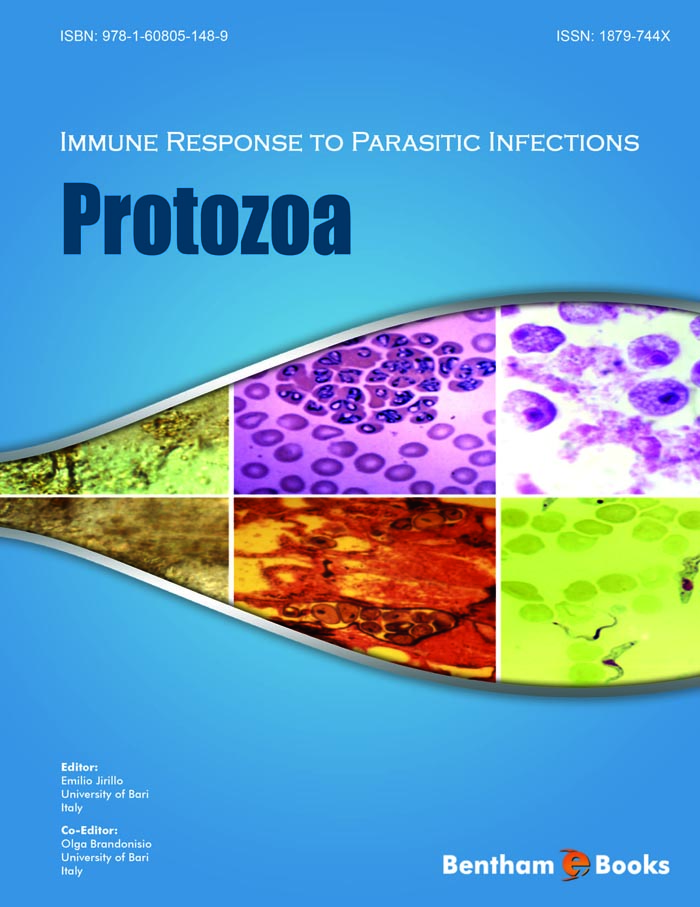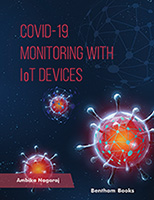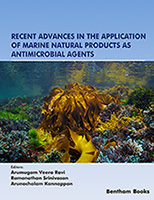In spite of the extraordinary breakthroughs witnessed by modern medicine during the 20th century, in particular with the discovery of extremely powerful new tools to combat microbes, infectious diseases - and among these, infections by protozoan and metazoan parasites - still constitute a major health problem for large segments of the human population. Indeed, in many countries, parasitic diseases represent a leading cause of death, the most serious impediment to well-being, and a major obstacle in the fight against poverty.
This situation occurs in spite of the fact that, as will become apparent on reading various contributions presented in this book, our understanding of the interactions of the host with parasites has made considerable progress. Indeed, interest in the study of the immune response against parasites - and particularly against protozoan parasites - has increased steadily after the end of World War II. This can be seen in (Fig. 1), which provides a minimal estimate of the number of publications devoted to immunological aspects of the parasitic infections discussed in the present e-book, and published over the past 50 years.

Figure 1: Minimal estimates of the number of studies relating to immunological aspects of parasitic infections and published in the scientific or medical literature during the period 1.1.1960-31.1.2010. The data were generated using the PubMed data base, with a series of 17 key-words with immunological connotation in association with the names of the different parasites or diseases. It will be appreciated that the figures shown will vary to some extent depending on the types, numbers and pertinence of the key-words used, and that publication numbers for the last period (2001-2010) are largely underestimated, since the search was terminated on January 31st, 2010.
Several factors have contributed to promote research on parasitic diseases, including factors far removed from basic, genuine scientific interest for these microorganisms. A strong impetus was provided by the involvement of the leading powers in new fighting areas where the prevalence of parasitic diseases represented an important challenge to the conduct of modern war (e.g. Vietnam, the Gulf countries). As quoted from the US Army doctor Stephen L. Hoffman (1996), cited in an article on US Vietnam war soldiers and malaria [1]: ‘In every military campaign during this century, we had more casualties due to malaria than bullets. During World War II and the Vietnam War entire divisions ceased to be effective combat units due to malaria’.
Another reason for the current efforts to improve our understanding of host-parasite relationships is the unfortunate failure (in many places at least) of vector eradication campaigns, again illustrated by the malaria case (for a comprehensive discussion, see ref. [2]). It should be recalled that early in the second half of the 20th century, extraordinary successes were obtained in the fight against malaria due to the implementation of campaigns aimed at controlling the vector (as well as to the discovery of new and more powerful parasiticidal drugs such as chloroquine). A six-year pilot study (1946-1951) of the effects of spraying the powerful insecticide DDT (whose properties had been discovered by the Swiss chemist Paul Müller in 1939 - he was awarded the Nobel Prize in 1948) resulted in virtual elimination of malaria in the Mediterranean island of Sardinia. Similar results were obtained in Greece and, following a massive DDT-based eradication campaign, the United States were also declared malaria-free in 1952. In view of these spectacular achievements, the World Health Assembly launched its Global Malaria Eradication Campaign in May 1955, whose goal was to eliminate malaria world-wide through widespread use of DDT. The results were indeed astonishing. Malaria disappeared from vast territories on the Asian (Japan, Korea, Taiwan) and European continents (Spain, Italy, the Balkans) and from several South Pacific and Caribbean islands,and was drastically reduced in many other places (India, Sri Lanka, Java). While the situation was also considerably improved in northern Africa, the program could not be implemented in much of tropical Africa due to logistical constraints.
However, in the early 1970’s, a growing awareness of the detrimental ecological impact of DDT and the development of resistance to this insecticide led to a discontinuation of use in agriculture and its inclusion by the Stockholm Convention on a list of persistent organic pollutants whose use was to be severely restricted. Malaria-control programs based on spraying DDT came to a halt. This led to malaria resurgence in certain areas were it had been nearly eliminated. For instance in Sri Lanka, whereas the number of reported cases of malaria dropped from approximately 2,8 million in 1946 to a low total of only 17 (!) in 1963, discontinuation of the DDT-based malaria control program resulted in spectacular rebound of the number of cases, which were back to initial levels (i.e. 2.5 million) as soon as 1968 [3]. Clearly, other tools had to be developed.
Finally, it is now clear that parasites challenge all possible aspects of the immune defense machinery of the host, and have developed an extraordinary array of protective mechanisms, which makes them exceedingly interesting objects of study. This in turn has led many immunologists and cell biologists to choose parasites as their preferred subjects of investigations. In this connection, the establishment of research programs such as the Tropical Diseases Research (TDR) program initiated by the World Health Organization in 1975, which funds research activities in many areas of parasitic and other tropical infectious diseases, provided a very strong incentive into basic and applied research on a selected number of parasitic infections. More recently, other (non-governmental) funding agencies have similarly injected very large sums of money into parasitological research.
One of the main objectives of research programs on the immunological aspects of parasitic diseases is to discover new tools to combat these infections. The successes obtained earlier in the 20th century with campaigns of vaccination against many viral and bacterial infections had raised hopes that similar strategies could be applied to infections due to parasites, hence the current efforts to develop vaccines against parasites of medical importance. This trend is also reflected in the changing strategy advocated by WHO to combat malaria, with emphasis placed on the disease rather than on the vector (the Roll Back Malaria Initiative, see ref. [4]). Yet, the expectations that anti-parasite vaccines would be soon available have so far not been fulfilled and indeed, as shown in the following contributions, parasitic infections have proven to constitute a major challenge to the ingenuity of researchers and scientists.
It is interesting to note that the data presented in Fig.1 do not necessarily correlate with the magnitude of the public health problem created by a given parasite. For instance, comparing studies on infection by malaria parasites vs. Leishmania, it is clear that the latter microorganism has benefited, on the part of immunologists, of a far greater interest than would have been justified by its strict public health importance compared to other parasites (even though, of course, leishmaniasis constitutes a major health problem in many parts of the world, where it affects millions of people). Other aspects can explain such discrepancies, such as the easiness with which a given microorganism lends itself to laboratory investigations in terms of its capacity to be grown in vitro, to be manipulated with little risk of self-contamination, or to infect current laboratory animals. Indeed, Leishmania fulfills several of these criteria, as many Leishmania species can be maintained in relatively unsophisticated culture media and can infect mice, hamsters or guinea pigs. Leishmania has therefore been particularly prized as a laboratory tool by immunologists, in the hands of whom it has been put to very good use indeed, since early investigations of the immune response to L. major in the mouse were very instrumental in delineating the respective roles of the Th1 and Th2 lymphocyte subsets in the fight against infectious agents [5]. The importance of Leishmania as a research tool is also reflected in the number of papers devoted to this parasite in the present e-book.
As will become apparent on reading the following chapters, the variety of tricks that parasites have developed to counteract the induction as well as the effector arm of the immune response is stupendous. It is to be hoped that the efforts of the scientists to unravel the intricacies of the host-parasite relationships will allow the development, in a not too distant future, of more successful tools to combat these infections.
Jacques Mauel
Professor Emeritus
University of Lausanne
Switzerland
-
http://veteransinfo.tripod.com/malaria.pdf. See also : Beadle C, Hoffman SL (1993) History of malaria in the United States naval forces at war : World War I through the Vietnam conflict. Clin. Inf. Dis. 16<, 320.
-
Baird, JK (2000) : Resurgent Malaria at the Millenium : Control Strategies in Crisis. Drugs 59, 719.
-
Jukes, TH, Insecticides in health, agriculture and the environment. Naturwissenschaften 61, 6 1974, cited in ref. 2.
-
http://www.rollbackmalaria.org/index.html
-
Heinzel, FP, Sadick, MD, Holaday, BJ, Coffman, RL and Locksley, RM. Reciprocal expression of interferon gamma or interleukin 4 during the resolution or progression of murine leishmaniasis. Evidence for expansion of distinct helper T cell subsets J Exp Med. (1989) 169 : 59–72.






